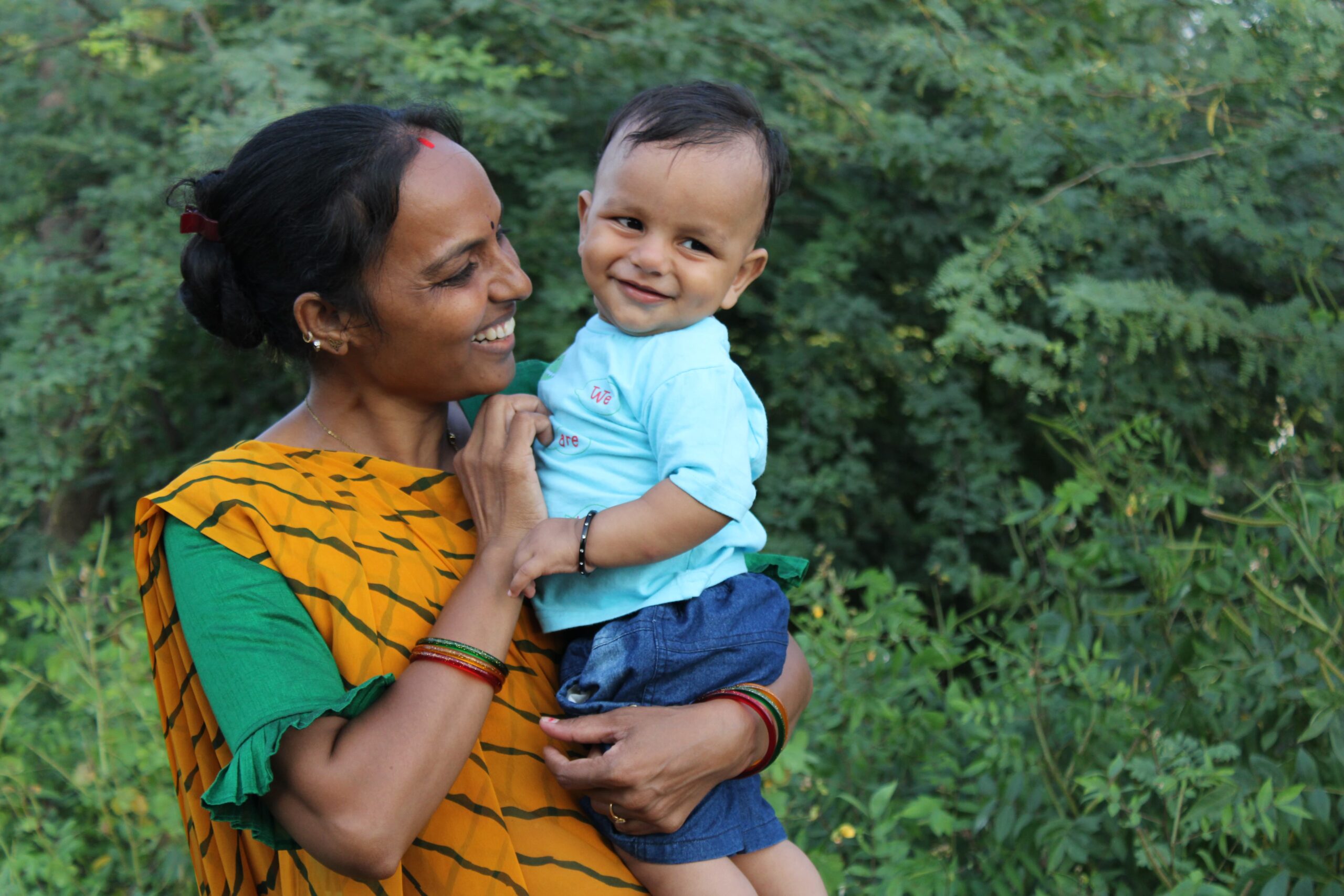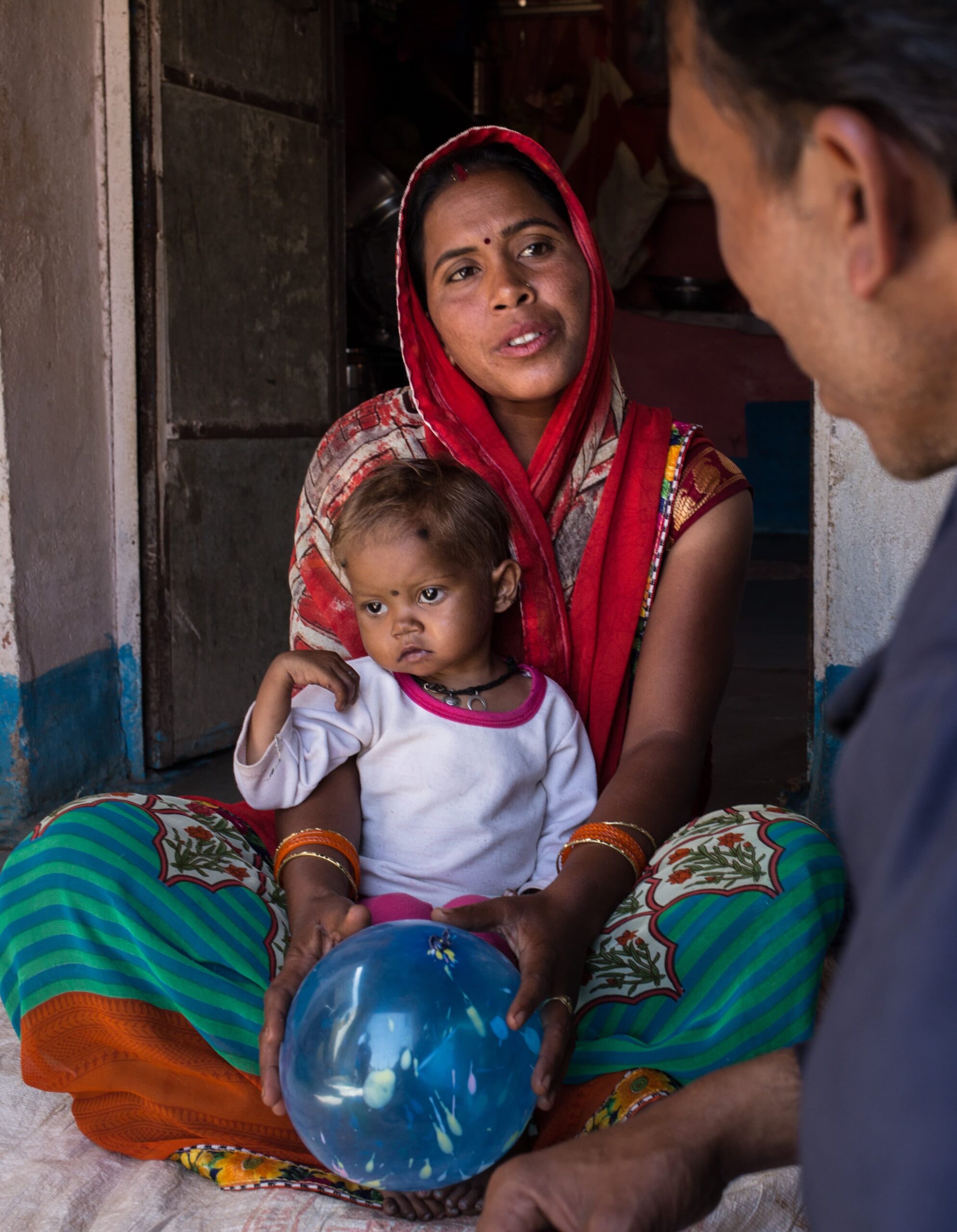Unquenchable Thirst: The Endless Water Crisis in Rural India by Dr Roshni Vakilna
Picture Courtesy: The Gray Matter
As we mark World Food Day under the compelling theme, “WATER IS LIFE, WATER IS FOOD. LEAVE NO ONE BEHIND,” it’s imperative that we reflect on the profound role that water plays in shaping our lives, economies, and ecosystems.
Dr. Roshni Vakilna serves as the Technical Lead for Project Vruddhi at Action Against Hunger in Gandhinagar, Gujarat. Her dedication and expertise are driving innovative solutions to combat hunger and create a brighter, more sustainable future for communities in need. Dr. Vakilna, a brilliant mind is a passionate advocate for positive change.
Water is the lifeblood of our planet, an indispensable element that not only sustains us but also underpins the very foundation of our global food systems. As we mark World Food Day under the compelling theme, “WATER IS LIFE, WATER IS FOOD. LEAVE NO ONE BEHIND”, we must reflect on the profound role that water plays in shaping our lives, economies, and ecosystems.
With over 50% of our bodies composed of it and 71% of the Earth’s surface covered by it, water’s significance is undeniable. However, the troubling reality is that while only 2.5% of water is fresh and suitable for essential purposes like drinking and agriculture, we are facing an unprecedented challenge. Rapid population growth, urbanization, economic development, and the relentless impacts of climate change are straining our precious water resources, pushing them to the brink.
As fresh water becomes scarcer, it’s often the world’s most vulnerable communities, including smallholder farmers, Indigenous Peoples, migrants, and refugees, who bear the brunt of this crisis, sparking competition and conflicts over access to this life-sustaining source. In this pressing context, it is our collective responsibility to safeguard this invaluable resource and ensure that no one is left behind in our pursuit of a sustainable and equitable future.
In rural India, the struggle for access to clean and sufficient water is an ongoing crisis that refuses to relent. Recent data underscores the severity of the issue, with nearly one-fifth of rural habitations falling short of the minimum entitled water quantity of 40 liters per capita per day, equivalent to just two buckets a day. This water scarcity intensifies during the dry season, ushering in a period of dire need. With the onset of summer, media reports flood in from various corners of the country, highlighting the escalating drinking water crisis. For weeks, if not months, a significant portion of India’s population—especially those in rural areas—grapples with the harsh reality of water scarcity. During this time, millions of rural residents, along with their livestock, embark on a relentless battle for survival. It’s a recurring nightmare, exacerbated by insufficient rainfall and drought-like conditions in various parts of the nation. Reports indicate plummeting groundwater levels, dwindling lakes, drying wells, reservoirs, and rapidly vanishing dams.
As the mercury soars and heatwaves become increasingly severe, several regions in Gujarat face an alarming water crisis, particularly affecting Saurashtra, Kutch, North Gujarat, and parts of tribal areas in central and South Gujarat. Over 20 districts suffer from severe water scarcity, with towns and villages receiving water only twice a week. In more than 500 villages across 14 districts, drinking water is delivered via tankers, a number expected to rise.
The crisis manifests differently in rural and urban contexts, influenced by various factors such as water supply systems, institutional accountability, socio-economic conditions, and reliance on different water sources.
Historically, rural areas have leaned on community-managed water sources, like wells and ponds, accessible to specific communities. Public or common property sources, including lakes and rivers, were also used for drinking. A minority of affluent households had exclusive water sources. This reliance on community water sources introduced its own set of challenges, including laborious water collection processes, poor water quality, seasonal shortages, and a lack of maintenance. Additionally, certain social groups were excluded from specific water sources. In response to these challenges, individual and household-level piped water supply systems were introduced to complement community sources. Access to piped water at the household level came to be seen as an indicator of an improved standard of living, particularly in urban areas. This concept gradually extended to rural India in the era of local governance. Since Independence, numerous programs have aimed to provide rural households with individual water connections, a goal that remains central to all drinking water schemes today. However, despite decades of effort, progress in this area remains limited and unsatisfactory. Recent statistics reveal that only 18% of rural households have piped water supplied to their dwellings. Over half of rural households still rely on public or common water sources. The Comptroller and Auditor General (CAG) noted that despite an expenditure of Rs 81,168 crores, the coverage of rural habitations only increased by 8% at 40 liters per capita per day during 2012-17. More than half of rural households (51%) rely on sources like tubewells, handpumps, or borewells for their water needs, sources that often run dry during the summer as groundwater levels decline.
The decline in community and common property water resources, along with neglect and privatization by dominant rural sections, has led to their progressive disappearance from the rural landscape. Government water supply programs have fallen short in establishing sustainable water supply mechanisms. These programs often prioritize achieving numerical targets rather than ensuring the sustained availability of water. Consequently, there are few efforts to introduce techniques that can preserve local sources, preventing scarcity and fluctuations in drinking water availability. It’s crucial to preserve, conserve, and revive traditional and common water sources with public and state intervention as part of water supply programs. Simultaneously, access to common resources should not replace the provision of household-level piped water connections. These approaches must complement each other, adapting to local needs and conditions. Such efforts are especially critical in drought-prone regions to ensure access to clean, reliable water throughout the year.
It’s the moment to embark on a journey of prudent water management! What steps should YOU take?
- Rethink Our Relationship with Water: It’s crucial for all of us to recognize the value of water and cease taking it for granted.
- Mindful Food Choices: Our food choices have a significant impact on water resources. Opt for locally sourced, seasonal, and fresh foods to reduce water consumption in food production.
- Minimize Food Waste: Cutting down on food wastage is another way to conserve water. Be mindful of how much food you buy and consume and find creative ways to use leftovers.
- Safe Reuse Practices: Embrace safe methods of reusing water while being vigilant about preventing water pollution.
- Collaborative Action: Together, as a collective, we can take meaningful steps towards securing a sustainable water future for food, people, and our planet.
“Originally written and edited for The Gray Matter”


JOIN THE FIGHT AGAINST HUNGER
Sign up to our newsletter and learn more about our programs, impact, field stories, innovation, jobs and much more.

